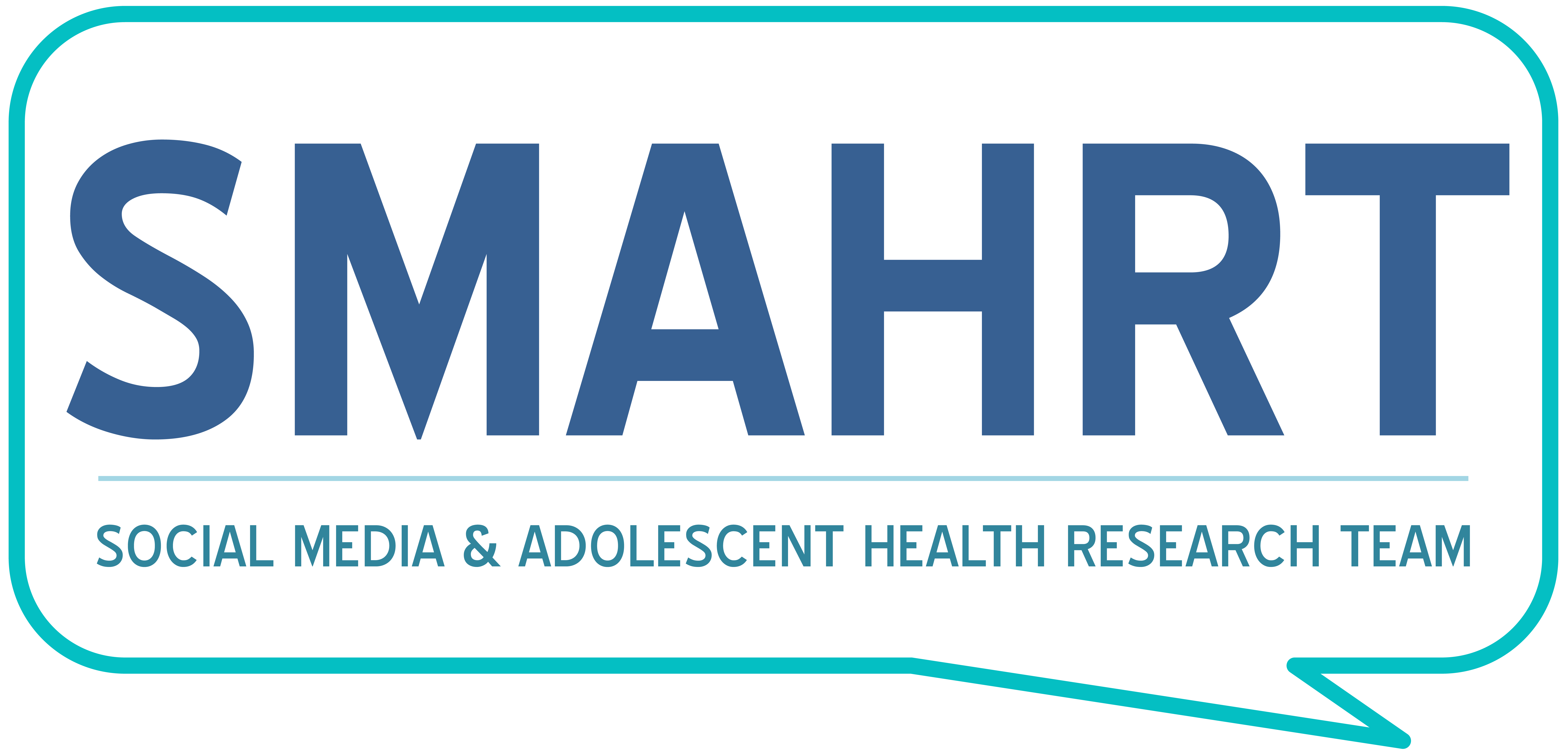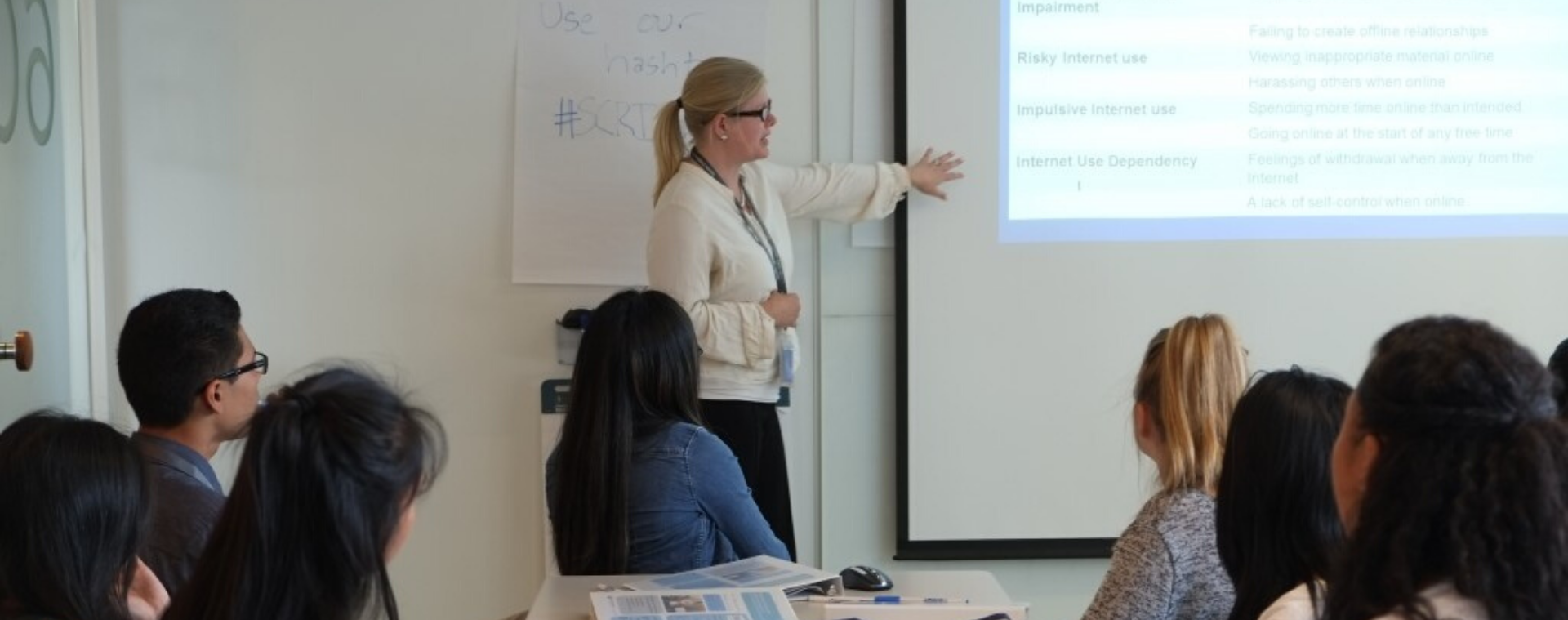
By: Lekha Pillarisetti
As far as I can remember, I have always been invested in some type of research. Whether it was doing science projects in my garage in middle school, working over the summer at research internships or joining a research lab in college. However, the passion for research and the work that comes out of a yearlong project was never fulfilled until I got to work on my own project in my sophomore year of college at the Social Media and Adolescent Health research team (SMAHRT).
Now, as a junior, having the opportunity to write a paper and send it out for publication is a dream come true. But as my skills and experiences have prepared me for this moment, my interests have also aligned to make me more insightful and conscious as to what this means.
My project on FDA medical device approval systems and women’s reproductive health has opened my eyes to the vast disparity in healthcare delivery and quality between gender, race, and income. While these are factoids that you learn in public health courses throughout the course of an undergraduate education, what it means for people and how it affects their life is never really discussed. This project has been a turning point in my career, pointing into the direction of health policy and how healthcare providers can be a stepping stone that can lead to meaningful change.
Through leadership in the community and a focus on crossing barriers to healthcare, with that burden placed on the healthcare industry, is the end goal found through this project’s development. Being able to publish this project and show the public where change is needed and exactly what needs to change is a privilege I never conceived of as a college student, mostly because I wasn’t aware of how blissfully ignorant, I was to this issue. But I feel especially empowered to have been educated and to have the opportunity to share what I have learned with the research community and the public.
On a more practical note, writing this paper has been exactly how I pictured it. Constant reviewing of content and picking at the details to create the best version of my paper possible. However, one thing I didn’t anticipate is how I learn more about my project through the questions I am given and the changes I make. After my project was complete, a few questions from Dr. Megan Moreno had me questioning the premise of my paper. A few google rabbit holes later, I found that my paper was written from a biased perspective prompting me to add new information in and remove some portions of my paper. It also required some rigorous restructuring which ended in a longer draft than before. As we are still in the middle of final drafting, I look forward to the new changes I can make and what I can learn from it.
Some tips I would have for undergraduate students writing papers for publication would be to focus on the background section of your paper. Often, it is the section that requires the most work due to the research and sources that are needed to back up the ‘why’ of your project. By spending a lot of time on this portion from the start of my project, it saved me a lot of time and energy when paper drafting began. I would also recommend having people who know nothing about your project but are well-versed in research papers to read your paper and provide their organic feedback. It provides you with the opportunity to rethink your project alongside them and improve it in ways you may not have considered previously. Overall, this experience has been extremely rewarding, engaging and humbling and I look forward to how my project will progress from here.


